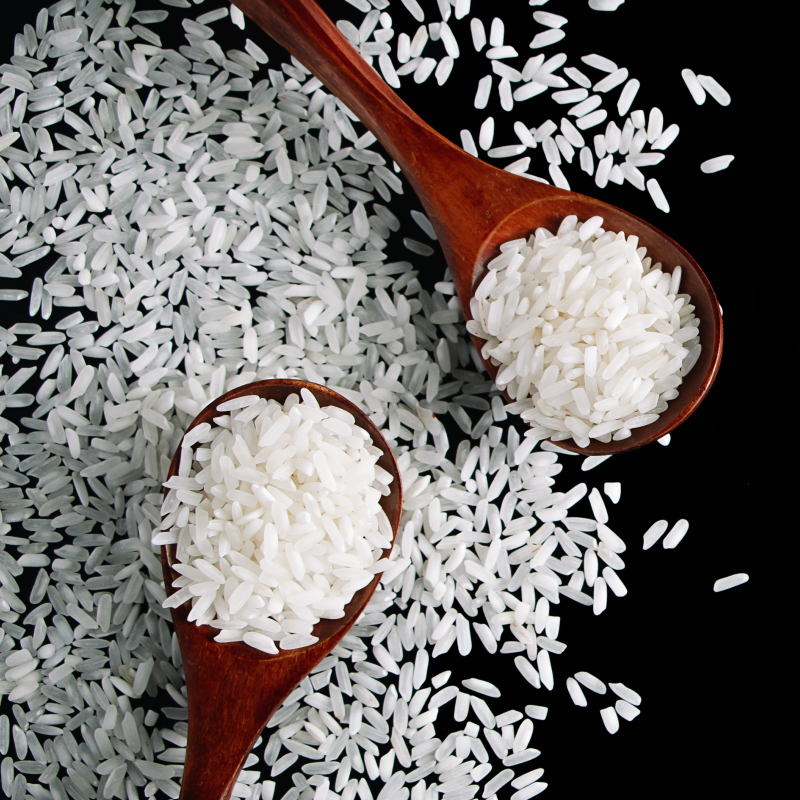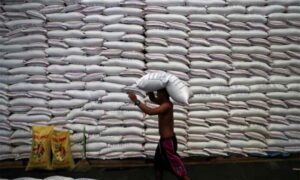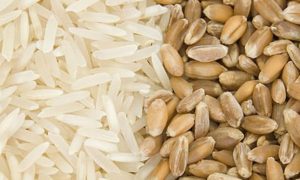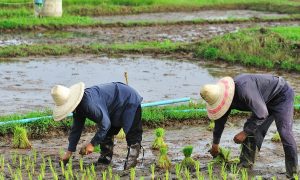Rate risk: RBI can end up with a dal-rice problem on its plate

Rice and dal can turn into a disappointing combo for the Reserve Bank of India (RBI). Even as the RBI rate-setting panel had kept the benchmark lending rate at 6.5 per cent in June for the second consecutive time after a cumulative hike of 250 basis points since May last year as inflation slid down to 4.25 per cent in May from a peak of 7.8 per cent in April last year. One basis point is one hundredth of a percent.
Now various factors are gathering to produce conditions that can hike food prices, thus keeping the RBI’s hand on the pause button for longer than expected.
Sowing has shrunk
The late arrival of monsoon in states which account for 61% of rice-sowing area has led to a decline in area under cultivation by more than a third until June 25, ET has reported. Coupled with increasing global prices of rice, this may end up pushing up inflation. Although the area under pulses has increased, tur sowing has declined. Tur dal prices have already been soaring, and the government had to put stock limits on it.
Rice accounts for 4.4% of the Consumer Price Index (CPI) basket, whereas tur dal, or arhar, has a 0.8% weight in retail inflation. Their combined share in food inflation is 13.2%. Food items have 39.06% weight in the CPI, the price gauge for the RBI. A deficient monsoon could push food inflation by 50-60 basis points, say economists.
India’s retail inflation eased to a more-than-two-year low of 4.25 per cent in May. The Consumer Food Price Index eased to 2.91 per cent in May from 3.84 per cent in April. However, cereal inflation remained in double digits at 12.65 per cent, though down from 13.67 per cent in April. “There is definitely going to be an upside on the food inflation side, that is, on the primary articles. I am worried about pulses in particular. Inflation has already started increasing out there, ,” Madan Sabnavis, chief economist at Bank of Baroda, had told ET recently.
While rice sowing can still pick up, there is also a concern that many farmers may end up replacing rice with coarse cereals, economists have told ET.














